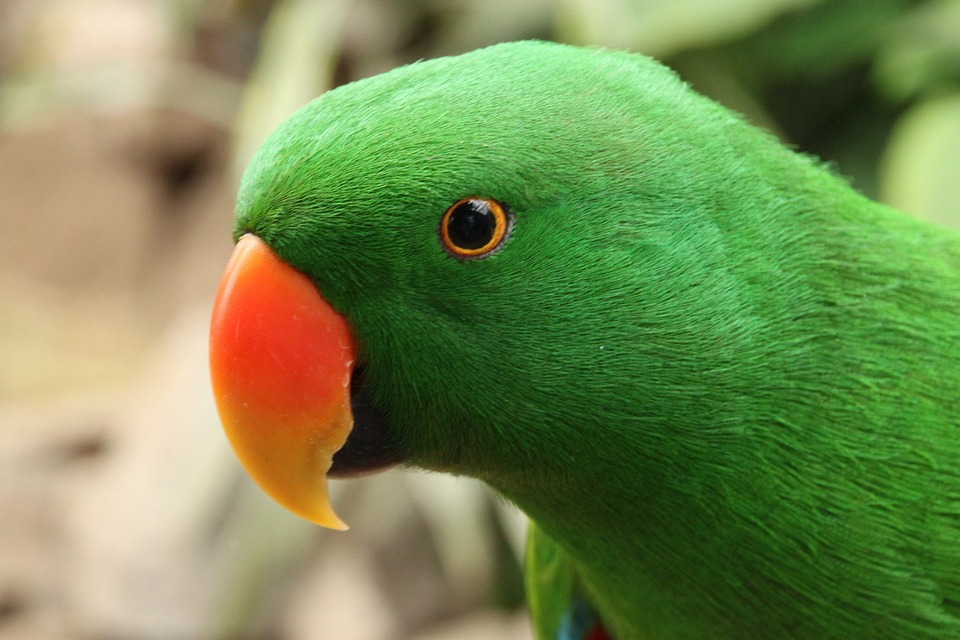Parrots, known for their intelligence and social nature, can sometimes exhibit shyness or timidity due to various reasons, such as previous negative experiences or lack of socialization. However, with the right approach and the power of positive reinforcement, you can encourage your shy or timid parrot to come out of their shell and develop a confident and trusting bond with you. In this article, we will explore effective techniques for using positive reinforcement to motivate shy or timid parrots, allowing them to flourish in a safe and nurturing environment.
Understanding Positive Reinforcement: A Key to Unlocking Your Parrot’s Potential
Positive reinforcement is a training method that focuses on rewarding desirable behaviors, rather than punishing undesirable ones. By providing rewards like treats, praise, or playtime, we can create a positive association with certain actions and encourage our shy or timid parrots to repeat those behaviors.
When using positive reinforcement, it is crucial to be patient and consistent. Remember, every parrot is unique, and their progress may vary. By understanding their individual needs and preferences, you can tailor your training approach to suit them best.
Creating a Safe and Nurturing Environment
Before diving into training techniques, it’s essential to provide your parrot with a safe and nurturing environment. This will help them feel secure and comfortable, enabling them to better respond to positive reinforcement. Consider the following:
1. Establishing a Quiet Space: Choose a dedicated area in your home where your parrot can feel safe and relaxed. Ensure the space is away from loud noises, high foot traffic, or other potential stressors.
2. Offering a Variety of Perches: Provide your parrot with a variety of perches and branches of different sizes and textures. This will encourage natural behaviors, such as climbing and exploring, and help build their confidence.
3. Creating a Consistent Routine: Parrots thrive on routine. Establish a daily schedule that includes feeding, training sessions, playtime, and rest. Consistency will provide your parrot with a sense of stability and predictability, helping to alleviate anxiety.
Positive Reinforcement Techniques for Shy or Timid Parrots
Now that you have set the foundation, let’s explore some positive reinforcement techniques to motivate your shy or timid parrot:
1. Using Favorite Treats: Identify your parrot’s favorite treats and use them as rewards during training sessions. Make sure the treats are small, healthy, and easily consumable to avoid overfeeding.
2. Clicker Training: Clicker training is a popular positive reinforcement technique that utilizes a small handheld device that makes a distinct clicking sound. By associating the clicker sound with a reward, you can mark desired behaviors as they occur.
3. Verbal Praise and Affection: Parrots respond well to verbal praise and affectionate gestures. Use a soft and encouraging tone of voice to express your delight when your parrot displays the desired behavior. Additionally, gentle head scratches or a favorite toy can be used as rewards.
4. Progressive Desensitization: For extremely shy or fearful parrots, a technique called progressive desensitization can be effective. This involves gradually exposing your parrot to the stimulus they fear in a controlled and positive manner, rewarding them for remaining calm throughout the process.
FAQs (Frequently Asked Questions)
Q: How long does it take to see progress when using positive reinforcement with a shy or timid parrot?
A: The timeframe for progress varies depending on the individual parrot. Some may respond quickly, while others may take longer to build trust and confidence. Patience, consistency, and understanding your parrot’s needs are key.
Q: Can positive reinforcement alone resolve severe behavioral issues in parrots?
A: Positive reinforcement is a powerful tool, but for severe behavioral issues, it’s crucial to seek professional advice from an avian behaviorist or trainer. They can provide specialized guidance tailored to your parrot’s specific needs.
Q: Is it possible to inadvertently reinforce negative behaviors while using positive reinforcement?
A: Yes, it is essential to be mindful of unintentionally reinforcing undesirable behaviors. Always focus on rewarding and reinforcing desired behaviors, while ignoring or redirecting unwanted actions. Consistency and clear communication are key in avoiding confusion.
Q: Are there any risks associated with positive reinforcement training for parrots?
A: When used correctly, positive reinforcement training is safe and effective. However, it is important to choose appropriate rewards, monitor treat intake to avoid overfeeding, and ensure a stress-free environment during training sessions.
Remember, building trust and confidence in a shy or timid parrot takes time and effort. By utilizing the power of positive reinforcement, you can create a nurturing environment that encourages your parrot to overcome their shyness and become a confident companion.









